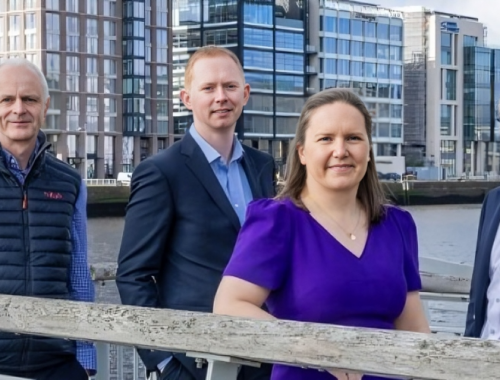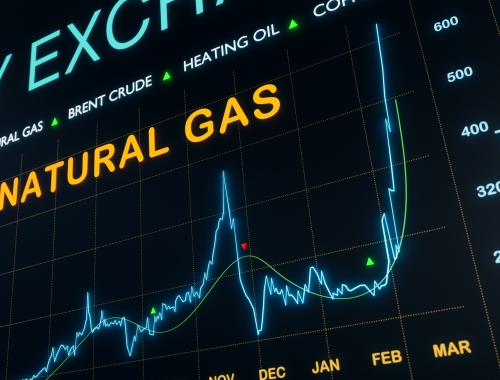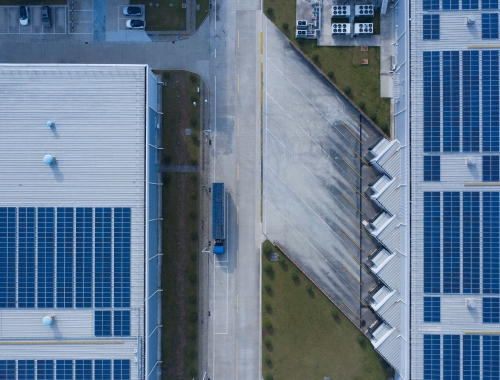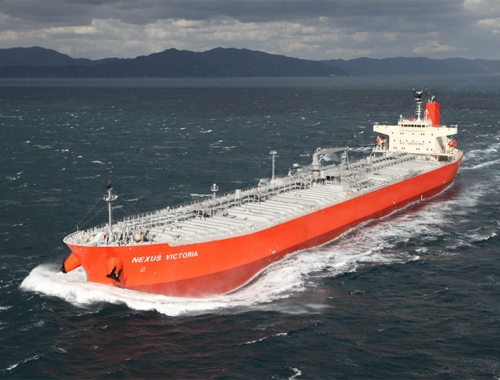Japan’s embrace of e-methane
SUMMARY
There are lots of drivers for greater uptake of e-methane but ultimately cost-competitiveness will dictate the sector’s growth.
By Mike WeberPOSTED IN:
A flurry of governments and companies worldwide are forging plans, undertaking research and development and committing early-stage investments in synthetic methane, otherwise known as e-methane, viewing it as an important pathway towards decarbonisation.
E-methane is produced through a process known as methanation by adding captured CO2 to low-carbon hydrogen. As it uses captured CO2 that would otherwise be released into the atmosphere its use can contribute to carbon neutrality, even if CO2 is emitted during combustion. Another key benefit is that being chemically identical to conventional methane, it can make use of existing infrastructure – from LNG carriers and shipping facilities to pipelines and distribution grids to gas-fired power plants and household appliances. Some countries also consider e-methane a cost-effective carrier for green hydrogen.
While renewables can help decarbonise power systems, their problem is intermittency. E-methane, on the other hand, is an energy source that can be stored more easily, therefore serving as a more reliable source of baseload power generation. It can also be used for heating without the replacement of existing infrastructure, for example replacing gas boilers with heat pumps.
One country that is betting big on e-methane is Japan. The Japan Gas Association (JPA) unveiled its “Carbon Neutral Challenge 2050” plan in November 2020, aimed at decarbonising the country’s city gas by 2050. The following year it established a roadmap for achieving this feat, which will involve the substantial replacement of standard methane with e-methane between 2030 and 2050. By the end of this decade, the JGA is targeting over 1% of e-methane injection into city gas pipelines, and an ambitious 90% by 2050. This goal is backed by Japan’s three major gas utilities, Tokyo Gas, Osaka Gas and Toho Gas.
Japan’s Inpex Corp successfully demonstrated the production of 8 nominal m3/hour of e-methane between 2017 and 2021, and it is also working with Osaka Gas to demonstrate it at a scaled-up plant from 2025, with a capacity of 400 nm3/h. The pair are also undertaking design studies for 10,000 nm3/h and 60,000 nm3/h facilities. Tokyo Gas, meanwhile, launched a demonstration project in March 2022 in the city of Yokohama, which will make use of CO2 emitted from incineration plants and biogas from sewage treatment facilities. The plan is to expand its capacity by around 30 times by 2025. Funding for these initiatives has come from government sources, including Japan’s Green Innovation Fund.
Looking globally, Tokyo Gas has already announced five international partnerships and is considering building e-methane manufacturing plants in the US, Australia, Malaysia, and the Middle East, which would export the e-methane back to Japan.
Asia is shaping up to become a potential leading market for e-methane, given that many countries in the region have already embraced natural gas as a core part of their transition pathways, as they shift away from coal. But there are strong prospects in Europe as well, where countries have been building LNG import facilities at breakneck speed in order to replace Russian pipeline gas supply.
In Germany, for example, Tree Energy Solutions (TES), plans to import carbon neutral, liquified e-methane at a regasification terminal in the northwest port of Wilhelmshaven by as early as 2025. The e-methane would be split back into hydrogen and CO2 using autothermal reforming. Around 99% of the CO2 produced would be captured, liquefied and then transported back to the original production site to be reused in the next batch of e-methane while also utilising the same vessel. Meanwhile, the ships will run on LNG utilising onboard carbon capture with that CO2 used in the company’s e-methane representing an international closed loop.
In October, TES also awarded Norway’s Aker Carbon Capture a contract to study the feasibility of using 400,000 tonnes/year of CO2 captured from a waste-to-energy plant in Germany. This CO2 would be combined with green hydrogen, potentially from a 500-MW plant being developed in Wilhelmshaven by utility EWE, scheduled for launch in 2028.
There are lots of drivers for greater uptake of e-methane but ultimately cost-competitiveness will dictate the sector’s growth. Currently, e-methane remains more expensive than natural gas. The energy-intensive process of converting renewable energy into hydrogen via electrolysis as well as the need to capture the CO2 and combine them to create e-methane all adds expense. How quickly these costs fall will depend on advancements in research and development, and at a later stage, the maturing of the market. Governments that are serious about realising e-methane’s potential would do well to support this research.







